The Amazing World of Owls
Owls are interesting birds who have large eyes, quiet flying, and fine hunting ability. They are classified as birds called raptors, meaning that they are predatory birds. That implies that they feed on other little animals such as mice, rabbits, and bugs.
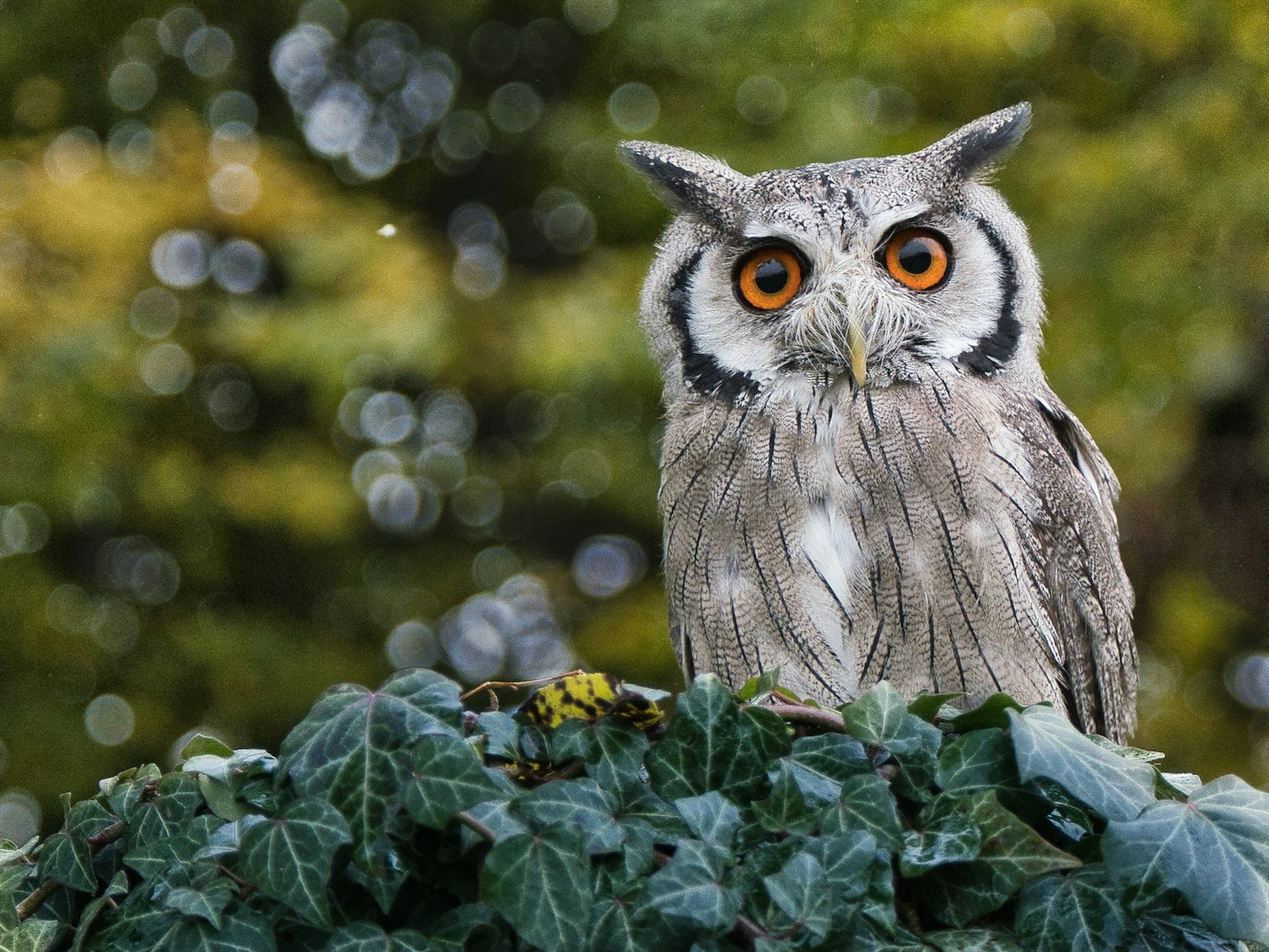
Where Do Owls Live?
Owls are distributed all across the globe, except in Antarctica. They inhabit forests, deserts, mountains, and even cities. Some owls nest in tree cavities, while others reside in caves or barns. Their adaptability makes them one of the most geographically widespread birds. Some species even survive in cities, nesting in derelict buildings or parks.
What Do Owls Eat?
Owls are carnivorous, i.e., they consume meat. Their preferred diet consists of rodents, small birds, and fish. They possess strong talons and sharp beaks to grasp and consume their prey. They also possess night vision, and therefore, hunt at night. Some owls, such as the fishing owl, prey upon fish, and others mainly prey on insects.

How Do Owls Fly Silently?
One of the most unique things about owls is that they can fly silently. Their wings are covered in soft feathers, which minimize sound when they are flying. This allows them to creep up on their prey quietly. Unlike most birds, owls also possess a special shape to their wings that enables them to glide along in the air. This enables them to make great hunters, particularly at night.
Different Types of Owls
There are over 200 species of owls in the world. Some of the most well-known ones are:
Barn Owl – Recognized by its heart-shaped face and white feathers. It is one of the most widespread owl species.
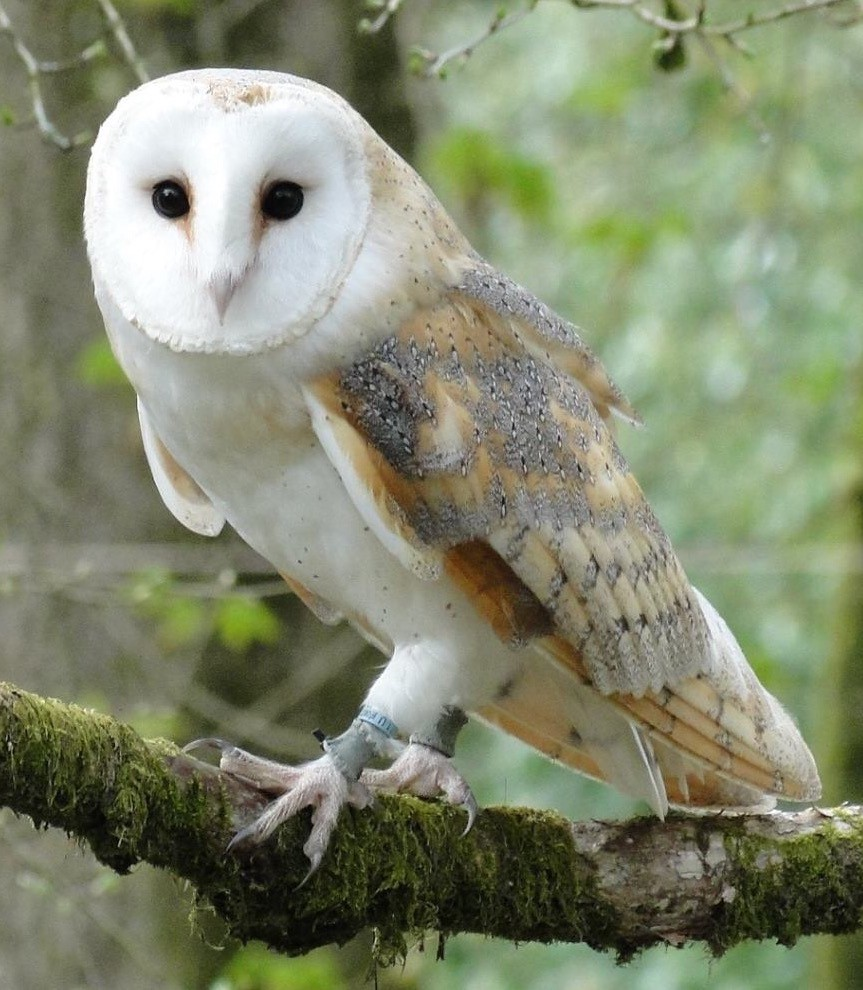
Snowy Owl – A beautiful white owl that lives in the cold Arctic regions. It is well adapted to freezing temperatures.
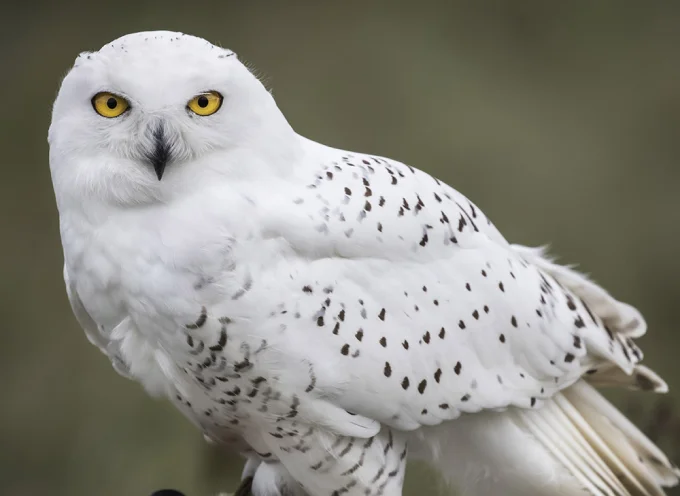
Great Horned Owl – One of the strongest owls, known for its ear-like tufts of feathers. It is a powerful predator that can hunt animals larger than itself.
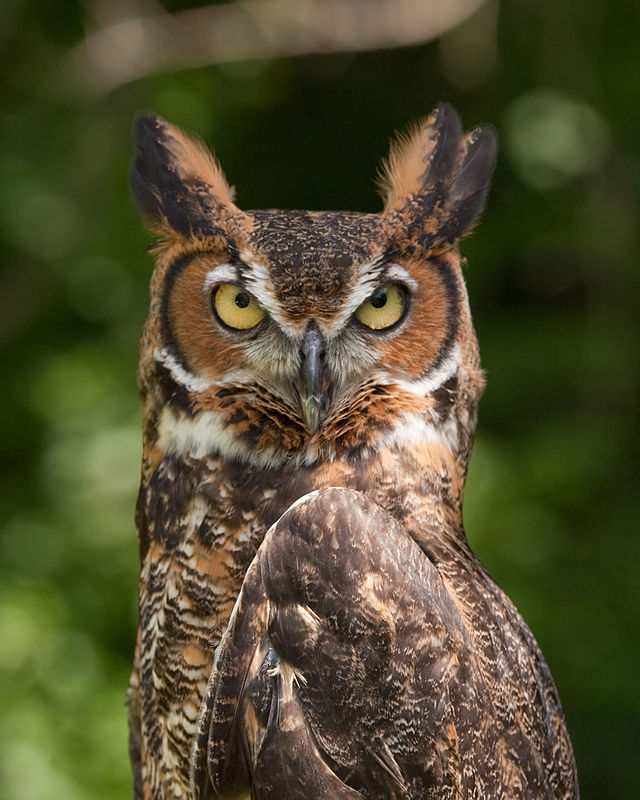
Elf Owl – The smallest owl species, found in North and Central America. It is only about the size of a sparrow.
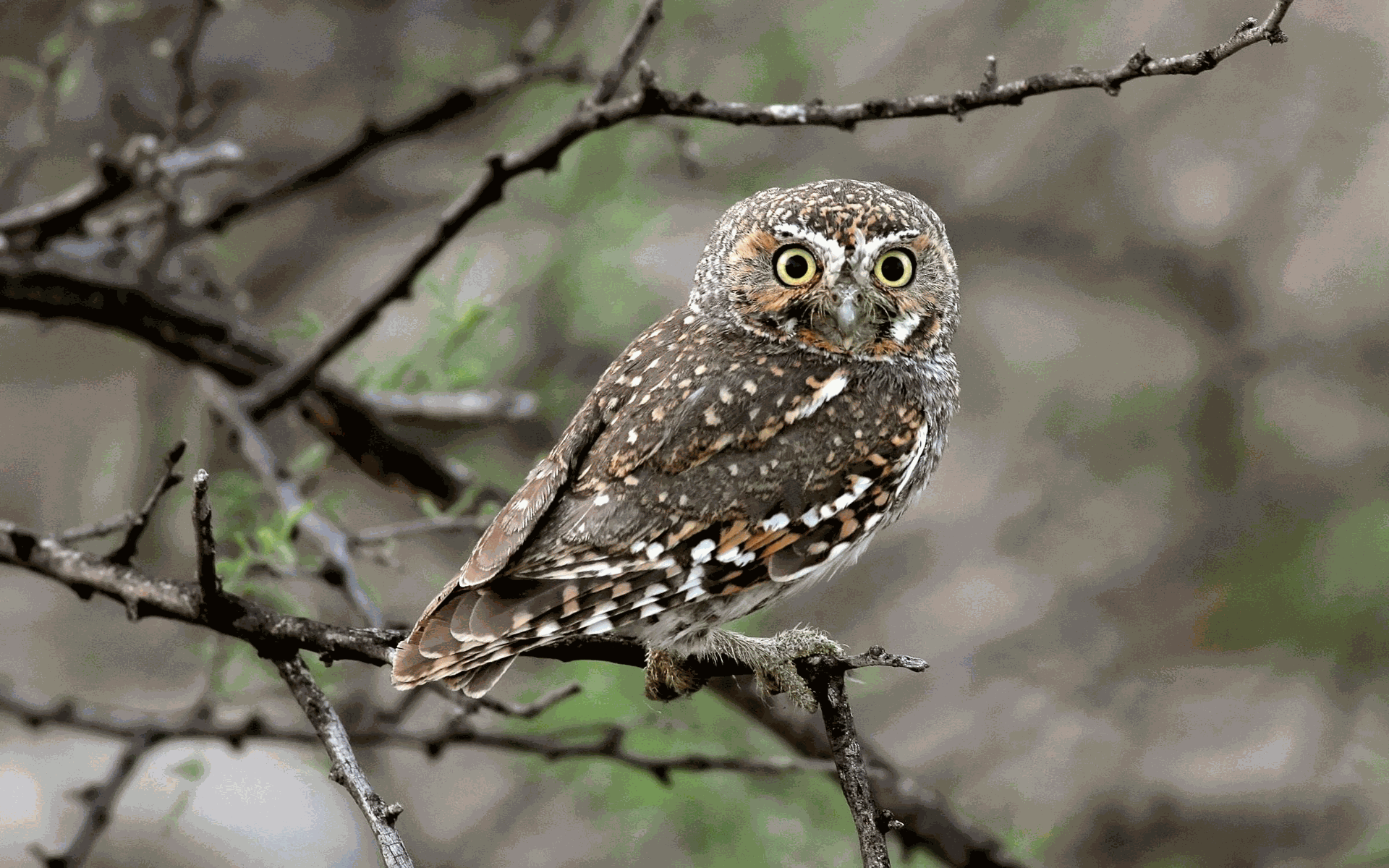
Eurasian Eagle-Owl – One of the largest owl species, with striking orange eyes and powerful hunting skills.
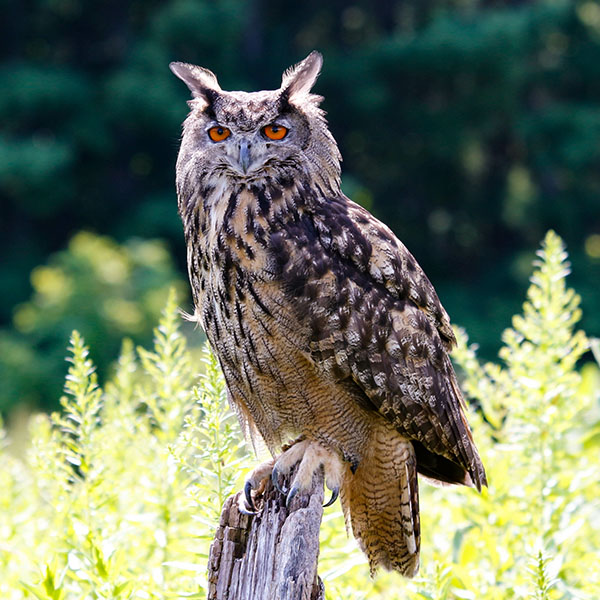
Interesting Owl Facts
- Owls can rotate their heads as much as 270 degrees! They use this ability to look all around without changing their position.
- Certain owls are capable of producing sound that carries very far in order to talk with other owls. Their voice is a combination of hooting, screeching, and whistling.
- The young of the owl are called owlets, and they hatch with soft, fluffy feathers.
- Most birds have eyes facing to the sides, but owls have eyes facing forward, providing them with great depth perception.
- Owls possess a third eyelid, known as a nictitating membrane, which serves to guard their eyes during hunting.
- In some cultures, owls are symbolic of wisdom and secrecy, but in others, they are regarded as signs of change.
Why Are Owls Important?
Owls have an important role to play in nature as they regulate rodent populations. As they consume many mice and rats, they serve farmers by cutting down on pest damage to crops caused by rodents. This renders them a significant component of the ecosystem. Even some farmers provide owl nesting boxes to attract owls to nest around their crops.
Threats to Owls
Despite their incredible abilities, owls face many threats in the wild. Habitat destruction, pollution, and climate change have reduced their natural hunting grounds. Some species are endangered due to deforestation and loss of nesting sites. Additionally, the use of pesticides affects their food supply, making it harder for them to survive.
How Can We Help Owls?
We can assist in protecting owls by maintaining their habitats and conserving against pollution. Refraining from the usage of destructive pesticides, growing trees, and contributing to wildlife conservation activities are fantastic methods of assistance. If you encounter an injured owl, reporting it to a local wildlife rescue center can ensure that it receives the necessary care.
Owls are really fantastic birds. Their keen senses, special flight, and enigmatic character make them one of the most fascinating birds on the planet! By getting to know more about them and preserving their habitats, we can contribute to these wonderful birds surviving for many years to come.